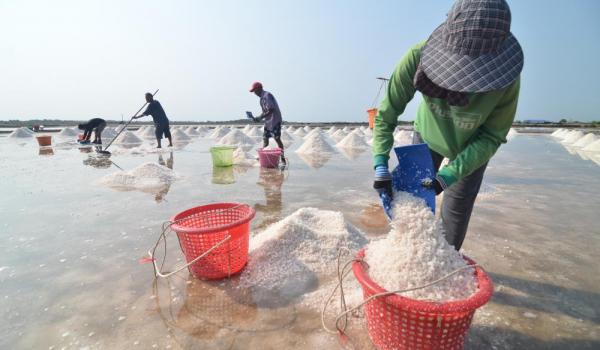IBRRI Wetlands
 Photo: © Bampen Chaiyarak
Photo: © Bampen Chaiyarak
Cambodia, Lao PDR, Myanmar, Thailand and Viet Nam form part of the Indo-Burma Biodiversity Hotspot, which hosts several large river basins and a range of freshwater wetlands such as swamps, peatlands, flooded forests and large lakes. The region’s coastline of over 10,000 km includes some of the largest mangrove forests in Asia as well as expansive areas of coral reefs, seagrass beds and mudflats.
 Photo: © IUCN Cambodia
Photo: © IUCN Cambodia
These wetlands are home to some of the planet’s most threatened species, including Siamese crocodiles, Irrawaddy river dolphins and giant catfish. Located along the East Asian-Australian Flyway, the region is also critical to a wide diversity of migratory and resident waterbirds. Many of these waterbirds are globally threatened, such as the spoon-billed sandpiper.
Beyond their importance for biodiversity conservation, these wetlands are among the most productive ecosystems in the region, and provide a number of critical ecosystem services, such as enhancing livelihoods and providing water and food security. In all five countries, the livelihoods of wetland communities depend directly on products provided by these ecosystems; fisheries are an important source of income and remain the single most important source of protein in the Mekong region. The coastlines of the region support more than 896,000 hectares of mangroves, which act as nurseries for fish and crustaceans, providing millions of people with food. The Mekong Delta is the most important rice production region in Viet Nam, significantly contributing to the food security of the nation.
